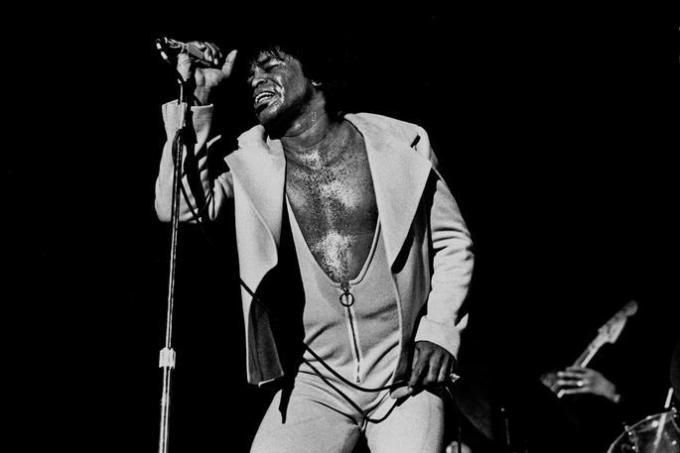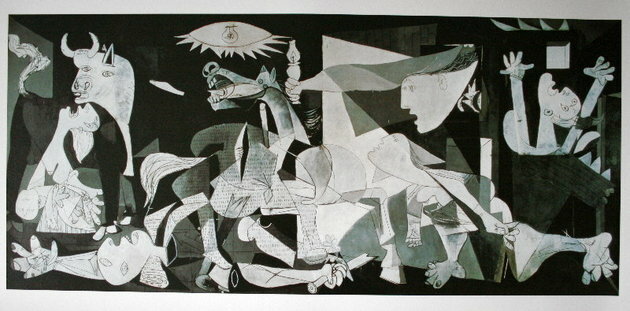One of the most significant works in the history of Western art is found on the roof of the Sistine Chapel, located in Vatican City.
The vault of the chapel was painted between 1508 and 1512 by the Renaissance artist Michelangelo Buonarroti at the request of Pope Julius II. The pontiff wanted to change the decoration of the church, previously adorned with gold stars on a blue background.
Michelangelo planned a lot before starting the project, devoting a year to preparing the drawings.
The artist was an admirer of the style called horror vacuum - which comes from the Latin and means "fear of emptiness" - and filled all the spaces of the vault with biblical themes.
In the central part are displayed nine stories from genesis, grouped into three sections:
| First Section | Second Section | Third Section |
|---|---|---|
| The separation of light and darkness | Adam's Creation | Noah's sacrifice |
| The creation of the Sun and Moon | the creation of eve | the flood |
| The separation of water and land | the original sin | Noah's drunkenness |
The whole of the work encompasses around
300 representations, composed in over a thousand square meters and painted with Michelangelo lying down.
Sistine Chapel Ceiling Analysis
Below are some areas of the enormous work that we have selected for analysis.
The Ancestors of Christ

In the smaller triangles the predecessors of Jesus Christ to Abraham are depicted. There are 24 representations in all that show the entire ancestral lineage of Christ.
The Prophets and Sibyls

Between the triangles are displayed images of twelve prophets and sibyls. They are: Zechariah, Delphic Sibyl, Isaiah, Cumana Sibyl (photo), Daniel, Lybian Sibyl, Jonah, Jeremiah, Persian Sibyl, Ezekiel, Eritrean Sibyl and Joel.
Probably, Michelangelo alluded to Greek culture when portraying a sibyl (or seer) from the region of Cumea, an ancient Greek colony established in southern Italy.
The strong arms contrast with the character's advanced age, perceived by the wrinkles on her face. Here, it is possible to admire the artist's knowledge of human anatomy.
Israel's Stories

In the larger triangles, four in all, are depicted Old Testament passages in which the people of Israel are saved through miraculous events.
are displayed Judith and Holofernes (Photograph), David and Goliath, the bronze serpent and The ordeal of Aman.
In the scene of Judith and Holofernes, there are three situations: a sleeping guard, Judith and another woman carrying the head of the Assyrian general Holofernes and his decapitated body.
The general's head on the tray is assumed to be a self-portrait by Michelangelo.
Adam's Creation

The emblematic scene from the moment of Adam's creation is located in the center of the chapel's vault.
It is with simplicity and power that Michelangelo portrays God, initiating humanity's trajectory on planet Earth. From a simple and unique gesture, Adam receives life.
For Austrian art historian Ernst Gombrich:
Michelangelo managed to make the touch of the divine hand the center and culmination of the painting and made us see the idea of omnipotence through the power of his creative gesture.
Original Sin and the Expulsion from Paradise

This part of the work shows the passage that tells of Adam and Eve surrendering to temptation and being deceived by the serpent.
The tree in which the serpent coils also serves as a divider that leads us to the situation that follows, when the couple is expelled from paradise through the figure of the angel.
In the first scene, we see bodies at the height of their power and splendor. In the next scene, the build is still muscular, but the shame and humiliation leave them looking aged and tired.
the Ignudi

The painter included 20 nude male figures - the ignud - which are embedded around the central paintings of the composition and support the scenes.
It is not known exactly why these figures were inserted, but they are certainly linked to the values of Renaissance humanism and the anthropocentrism - the notion that man is the center of reference for understanding things.
Final judgment

Years later, in 1537, Michelangelo began painting the wall behind the altar. This painting was commissioned by Pope Clement II and completed in 1541, under the command of Pope Paul III.
The chosen scene shows the moment in which Jesus confers divine justice, choosing who would or would not be blessed with the kingdom of heaven. Angels and demons complement the situation.
The crude and naked way in which the bodies are represented caused some controversy and Pope Paul IV asked for the coverage of sex.
Between 1980 and 1999 - during the leadership of the Pontiff John Paul II - a new restoration began in order to restore the original painting and restore the nudity of the portrayed figures.
Sistine Chapel

The Sistine Chapel is located in the Vatican Palace in Vatican City/State. It was built by decision of Pope Sixtus IV, for this reason the church bears its name: Sistine.
The building was carried out between 1475 and 1481. The responsible architects were Baccio Pontelli and Giovannino de Dolci.
Several important artists of the Italian Renaissance, in addition to Michelangelo, were in charge of decorating the temple. Are they:
- Pietro Perugino
- Sandro Botticelli
- Domenico Ghirlandaio
- Bartolomeo della Gatta
- Baggio di Antonio
- Piero Matteo d'Amelia - who was the first author of the chapel's ceiling, later covered with Michelangelo's painting.
Who was Michelangelo?

Michelangelo Buonarroti was born on March 6, 1475 in Italy. He was an important Renaissance artist and went down in history as a great name of the period, managing to transport humanist principles and cultural, political and religious effervescence to the your art.
He worked in different areas, performing productions in painting, sculpture, architecture and poetry. He is considered a true genius of art and still, in life, had this recognition, being nicknamed the divine.
He had a long life and extensive production, passing away in 1564, in Rome, at the age of 88. He was buried in the Church of the Holy Cross in Florence.
To learn more, read also:
- artistic renaissance
- Renaissance Humanism
- cultural renaissance



